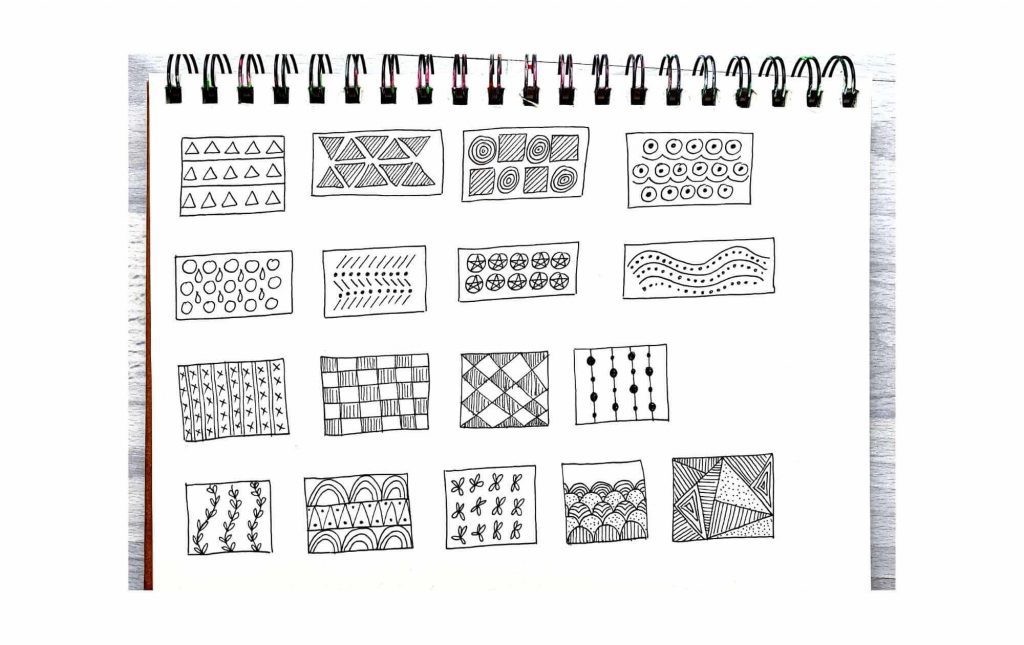

It’s good to familiarise yourself with common placements of seams. It is also more idle and shows fewer folds even when moving.Īll clothes have their own arrangement of parts, which heavily influences the formation of folds. Heavy fabric causes folds of a different volume and different width. When drawing fabric it is a good idea to consider how thick/thin, hard/soft, heavy/light and smooth/textured the material is first. The amount of folds also depends on how heavy the fabric is and what kind of material it is made of.

Soft and thin material produces the most folds, especially around the bending areas. Hard materials are usually pulled more at the bending area or at the seams.

Thicker material has wider folds that are usually less visible. Their texture dictates how diffused the shadows are. They all have their very own characteristics that help to decide where to put the appropriate folds. It is very important to consider the materials that you draw when dealing with folds. I’ve collected some pointers and commonalities here that I’ve come across so far. Understanding some common principles will make it possible to draw them convincingly in a more stylized way. The more realistic you want to draw and paint folds, the more references you will need.
#SIMPLE DRAWING PATTERNS HOW TO#
There is no single rule on how to draw folds-The best way to understand drapery is to do as many studies of folds as you can. There are many different types and factors that influence them. Sort of like drawing mandalas, creating patterns is an extremely meditative method of creating art, which may help reduce stress in addition to building your drawing skills.Folds depend on the form they fall on. Before you know it, you’ll have patterns and drawings that look unbelievably complex (only you will know how simple they really were to create). Settle on some design elements that you like, and experiment with pairing them together. Below the lines are simple shapes that can be used in your patterns: dots, dashes, hearts and little diamond-shaped stars. Below, you’ll see several shaped lines that could be used, including a scallop-shaped line, a chevron-style line, a looping line and a waving line. Shaped lines and simple shapesĪs you can see, there are plenty of pattern designs to be created using simple dots and lines. But your design options are truly limitless when you add additional types of lines and shapes to your repertoire. In the second example, scallop-shaped lines and dots are added between the original stripes for a pattern with a lacy-looking texture. In the first example, additional solid and dashed lines are interspersed between the original stripe pattern, making it more dynamic. Here are some other examples of how a simple stripe pattern might be augmented. Perhaps on top of that, in between the lines, you draw dashed lines going in either direction. Once again, it’s already a pattern, just as easy as that.īut why stop there when you can have so much more fun? For instance, you could create a row of lines in the opposite direction and have a diamond pattern. How about if you drew a few lines in a row? Suddenly, you have stripes. You can play with this pattern by using different sized or colored dots, or you can use the polka dot formation and expand upon your circles into more involved designs, such as this daisy pattern.įrom there, you can make it as complex as you’d like, adding more shapes in the negative space if desired. Anyone can draw a dot, right?īut what about if you added some more dots and made a row? Then a staggered row beneath it, and repeated this a few times? All of sudden you have gone from a dot to polka dots. Once you’ve mastered a few simple techniques of creating designs, you’ll be designing your own beautiful pattern drawings in no time. You’ll be amazed how quickly and easily you can create intricate, beautiful works of art by making patterns. This guide shares a few easy patterns to draw by. Can you draw dots, simple shapes, and lines? If the answer is yes - and it probably is - that means that you’re more than capable of drawing and designing patterns.


 0 kommentar(er)
0 kommentar(er)
